The Hummel Family is originally from present-day Baden- Württemberg, Germany. This area of Germany is the former Kingdom of Württemberg.
The Kingdom of Württemberg existed from 1805 to 1918. The Kingdom had four different Kings. Though the Kingdom of Württemberg is now part of present-day Germany, during its existence, the alliances of the Kingdom changed. The last King of Württemberg was forced to abdicate in 1918.
Table of Contents
- The Kingdom of Württemberg
- Historical Facts About the Kingdom of Württemberg
- The Hummel Family in Württemberg, Germany
- Frequently Asked Questions
- Related Questions
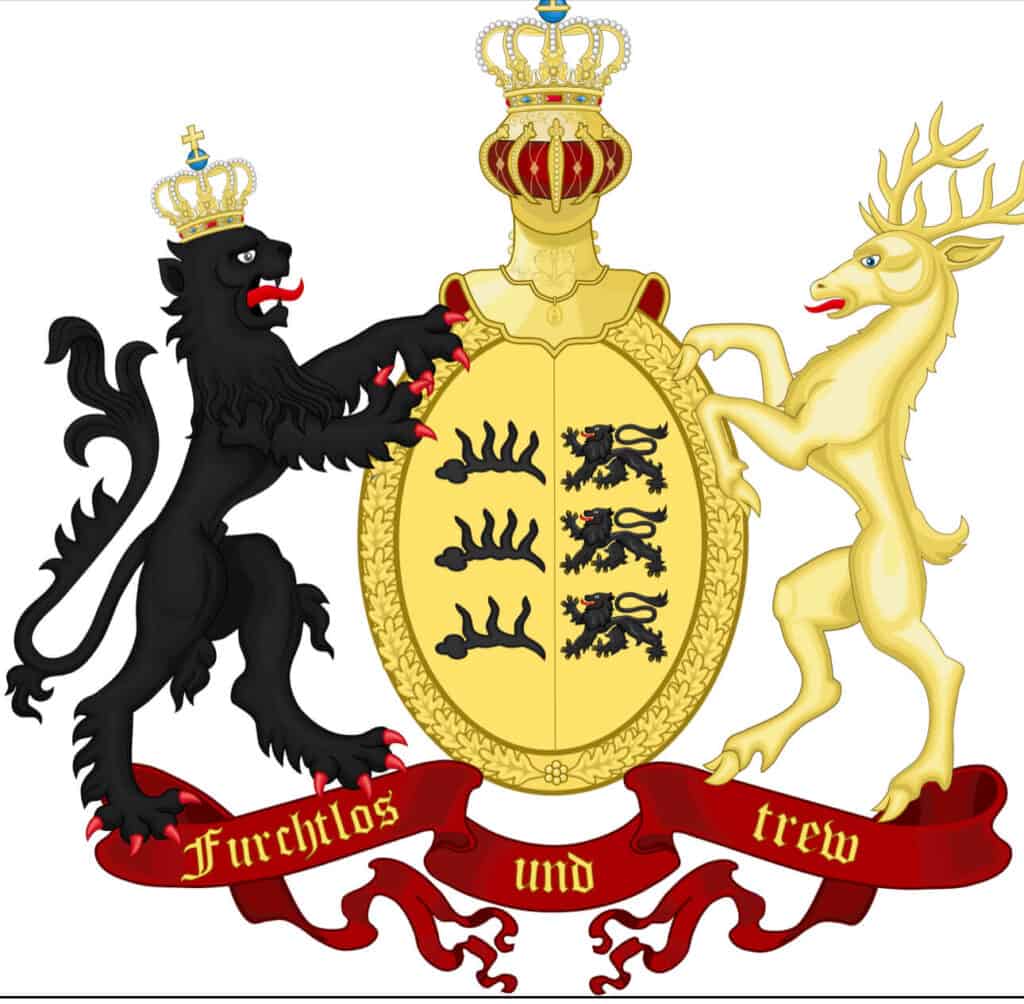
The Kingdom of Württemberg
The Kingdom of Württemberg was a German-speaking Kingdom from 1805 to 1918. It’s located in the area that is now present-day Baden-Württemberg, Germany.
This area of present-day Germany is culturally and linguistically Swabia. Swabia’s name comes from the medieval Duchy of Swabia, where the inhabitants in this part of Germany were called Alemanni or Suebi. The people in this area speak Swabian German.
Many Swabian surnames end with -le, -el, -ehl, and -lin. This is why our name Hummel has a Swabian origin, as it also ends in -el.
Württemberg was also formally spelled Würtemberg and Wirtemberg. It is an area that is located in the southwestern part of Germany. From 1495 to 1806, it was part of the Holy Roman Empire.
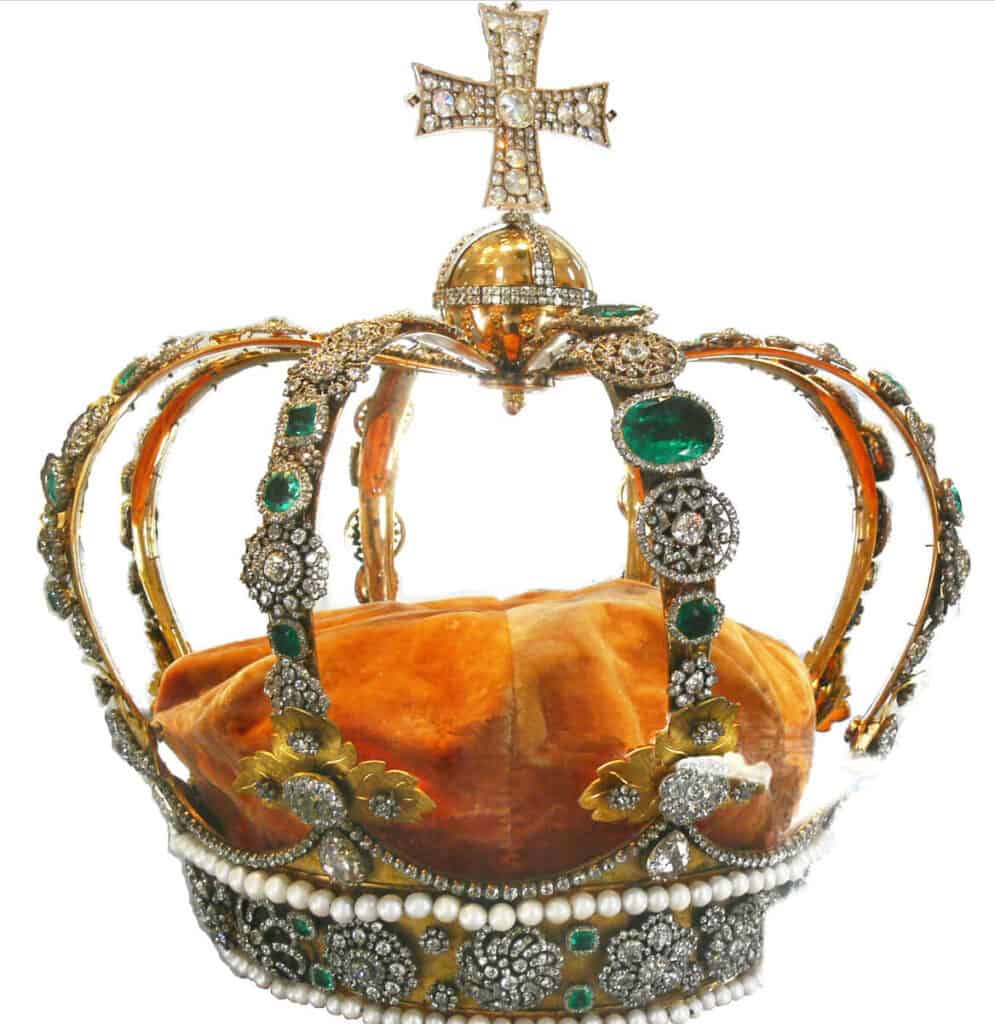
King Frederick II – King of Württemberg
Over the years, the Württemberg area has seen a lot of fighting and strife. Frederick II, Duke of Württemberg, assumed the title of King Frederik in January 1806, essentially taking the Württemberg area away from the Holy Roman Empire.
King Fredrick joined the Confederation of the Rhine, the confederation of the German client states of the First French Empire under Napoleon’s rule. Württemberg was an ally of France from 1802 to 1813. Napoleon rewarded Württemberg with large territory grants, including Hasburge lands in Swabia and other cities and territories. These lands helped double Württemberg’s size by 1810.
In return for this favor, King Frederick joined the French Emperor Napoleon in his campaigns against Prussia, Austria, and Russia. Of the 16,000 King Frederick subjects who marched to Moscow, only a few hundred returned to the Kingdom of Württemberg.
By 1813, King Frederick had deserted Napoleon and the French, and in November 1813, he had secured the confirmation for his royal title. By 1815, King Frederick had officially joined the German Confederation.
The German Confederation was an association of 39 predominantly German-speaking sovereign states in Central Europe; the German Confederation replaced the Holy Roman Empire, which had dissolved in 1806.
In 1815 King Frederick outlined for the people in his Kingdom a new constitution, which they rejected. Amid all this upheaval and commotion, King Frederick died in 1816.

King William I – King of Württemberg
King Frederick II was succeeded by his son William I. After much discussion, King William I presented a new constitution to the people in September 1819. This constitution was ratified (with some modifications) and remained in force until 1918.
During this time, a period of peace was set in the Kingdom of Württemberg. The kingdom started to prosper in agriculture, education, and trade.
King William was very frugal; he helped repair the shattered finances of the kingdom’s public and private matters. The Kingdom of Württemberg was included in the Zollverein or German Customs Union. This, plus the railway construction, helped foster trade and economic growth.
The Revolutions of 1848, or the Springtime of the People or Spring of Nations, was a massive political upheaval in Europe during 1848. The disruptions did not leave the Kingdom of Württemberg untouched.
Even though the Kingdom of Württemberg saw no violence as other parts of Europe did, King William I was forced to dismiss many ministers and appoint men with more liberal ideas about a unified Germany. Eventually, King William got rid of this liberal movement in his government.
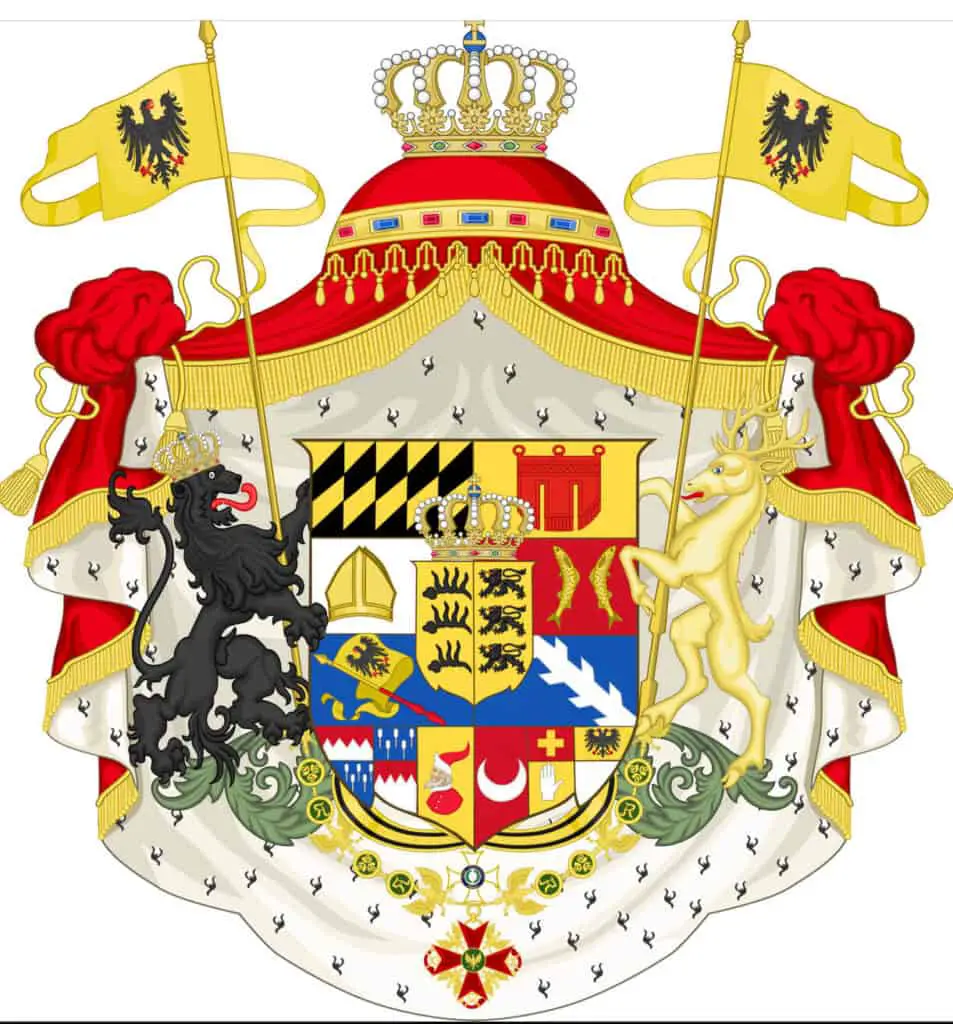
King Charles I – King of Württemberg
In July 1864, King Charles I succeeded his father, King William I, to the throne. Almost from the onset, King Charles faced difficulties.
There was a competition between Prussia and Austria for the supremacy of Germany. King Charles took sides with Austria, just as his father, King William, had.
In 1866, Württemberg took up arms on behalf of Austria for the Austro- Prussian War. Eventually, the Prussians occupied northern Württemberg until a peace deal was negotiated, but Württemberg had to pay an indemnity to the victorious Prussians. This led to renewed enthusiasm and national pride for Germany and unification.
During the Franco-German War of 1870-71, Württemberg sided with Prussia. In 1871. Württemberg became a member of the new German Empire, but they still retained control of their post office, telegraph, and railways. Württemberg also had special privileges for taxation and the army. Over the next ten years, Württemberg enthusiastically supported the new German empire.
King William II – King of Württemberg
King Charles suddenly died in October 1891. He was succeeded by his nephew William II. King William continued the policies of his Uncle, King Charles I.
King William had no sons, nor did any of his Protestant relatives. So the power of the Kingdom of Württemberg was to pass to the family’s Roman Catholic branch. This presented many difficulties concerning the relationship between the church and the states.
On 30 November 1918, after German’s defeat in the First World War and the revolution of November 1918, King William was forced to abdicate the throne. Württemberg became the Free People’s State of Württemberg.
A new constitution was promulgated in 1919, but as now a member state of Germany under the Weimar Constitution, Württemberg lost all the special privileges it had previously had.
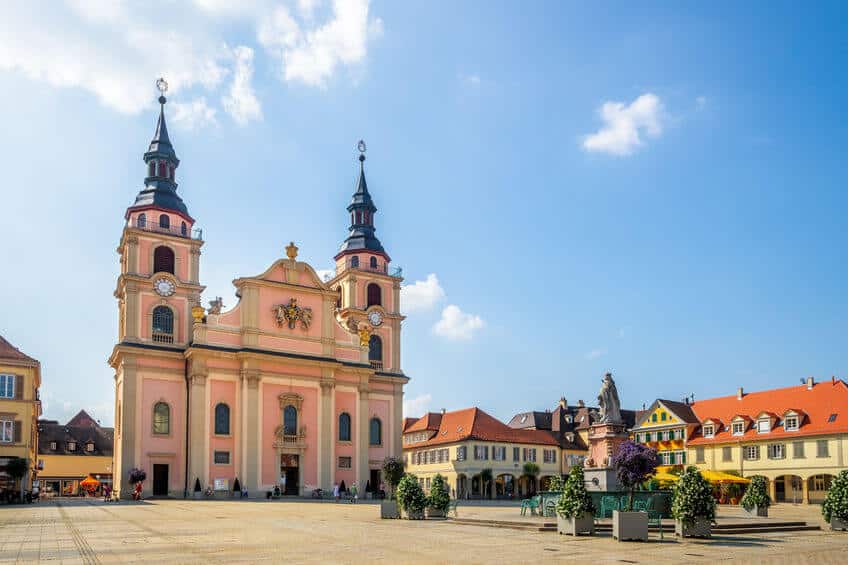
Historical Facts About the Kingdom of Württemberg
Here are some fun historical facts about the Kingdom of Württemberg:
- Member of Confederation of the Rhine – 1806 to 1813
- Member of German Confederation – 1815 to 1866
- Member of Federal State of the German Empire – 1871 to 1918
- Capital of Kingdom of Württemberg – Stuttgart
- Common Language – Swabian German
- Religion – Protestant and Roman Catholic
- Government – Constitutional Monarchy.
- Total Area – 19,508 square kilometers (7,532 square miles)
- Population in 1910 – 2,437,574
- Currency (1806 to 1873) – Württemberg gulden
- Currency (1873 to 1914) – German Goldmark
- Currency (1914 to 1918) – German Papiermark
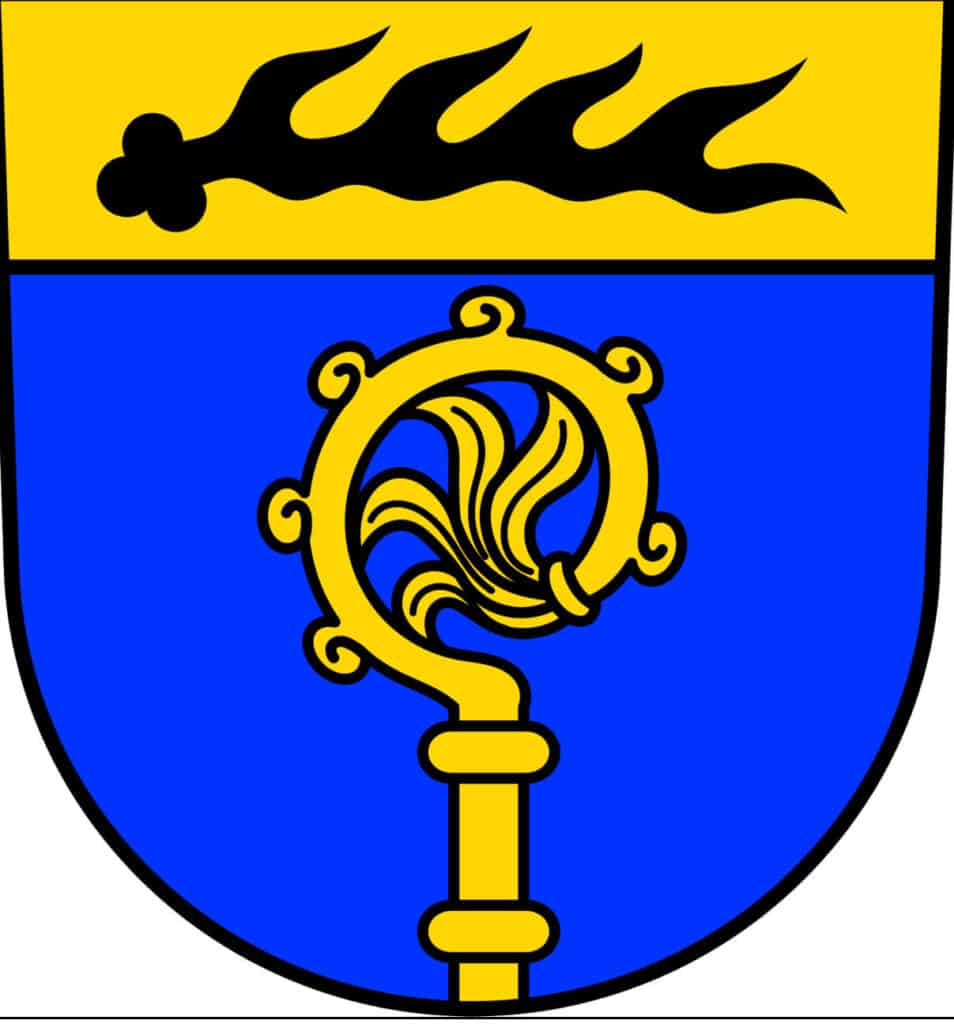
The Hummel Family in Württemberg, Germany
Johan Gottlieb Hummel was born in Erdmannhausen in the Kingdom of Württemberg in 1829. He would have been born under the rule of King William I.
Marie Magdalene (Mary) Strecker, the wife of Johan Gottlieb Hummel, was born in 1828 in Poppenweiler, also in the Kingdom of Württemberg. Mary Strecker and Johan Gottlieb were married in 1856 in Poppenweiler.
We know that Mary and Johan had a son Christian Gottlob Hummel born in Württemberg in March 1848 and lived only six months. Sometime after their first son’s death, Mary and Gottlieb traveled to the United States to start a new life.

This area of Germany has a very interesting history. Though we consider it a part of Germany, the truth is that the Hummel family that came to America from this part of present-day Germany was part of the Kingdom of Württemberg.
The Hummel Family is a website all about Family History research. We focus on Swedish, German, English, Scottish, and American Genealogy. We also discussed Asia and China, as we had ancestors who spent many years in China.
You are welcome to join us and become part of our community by signing up for our FREE newsletter, The Hummel Family; sign up by clicking here.
Also, check out our Youtube Channel, Family HIstory Buzz, by clicking here.
Frequently Asked Questions
When was the Kingdom of Württemberg established?
The Kingdom of Württemberg was established in 1805.
How long did the Kingdom of Württemberg exist?
The Kingdom of Württemberg existed from 1805 to 1918.
Who were the four Kings of the Kingdom of Württemberg?
The four Kings of the Kingdom of Württemberg were Frederick I (1805-1816), William I (1816-1864), Charles I (1864-1891), and William II (1891-1918).
What were the major alliances of the Kingdom of Württemberg during its existence?
The alliances of the Kingdom of Württemberg changed over time. Initially, it was a member of the Confederation of the Rhine led by Napoleon Bonaparte. Later, it became part of the German Confederation and eventually the German Empire.
What led to the forced abdication of the last King of Württemberg in 1918?
The last King of Württemberg, William II, was forced to abdicate due to the political and social upheaval caused by World War I and the German Revolution of 1918.
How did the Kingdom of Württemberg participate in World War I?
As part of the German Empire, the Kingdom of Württemberg participated in World War I by providing troops and resources to the war effort.
Did the Kingdom of Württemberg undergo any significant territorial changes during its existence?
Yes, the Kingdom of Württemberg experienced territorial changes throughout its existence. It gained some territories through Napoleonic reorganizations but also lost some territories after the war.
What was the government structure of the Kingdom of Württemberg?
The Kingdom of Württemberg had a constitutional monarchy, where the King held significant executive powers, but a bicameral legislature, known as the Landtag, was responsible for making laws.
Related Questions
What is Primogeniture or the Law Of Succession?
Primogeniture is the law or right for the firstborn legitimate son to inherit their parent’s entire estate, such as land and houses. In the later part of the 18th century, many places in the world started to rebel against the restrictions of the primogeniture succession law. In Jane Austen’s novels, one of the major themes was the effect this law had on women having to “marry well” to survive.
You can read more by reading What is Primogeniture or the Law Of Succession? by clicking here.
What Are Somethings You Learn By Doing Your Family History Research?
By researching your family history, you can learn about new family members you did not know about. You will learn about the place where your family once lived. And finally, you can discover the traditions and culture of the country your ancestors once lived.
You can learn more by reading our blog 3 Things You Discover By Doing Your Family History by clicking here.

